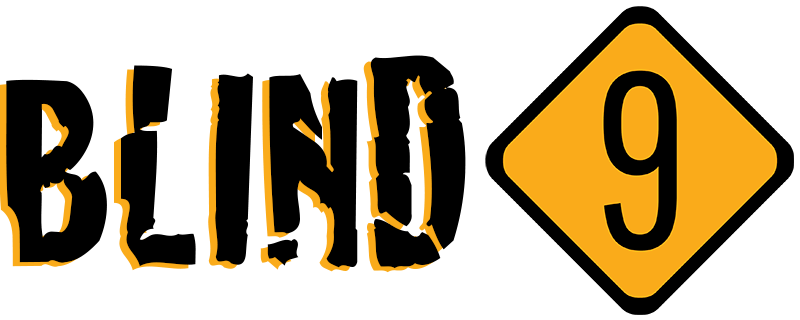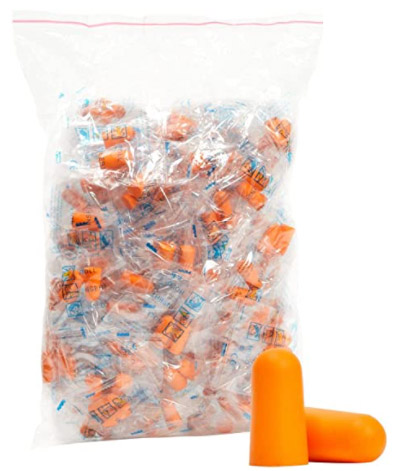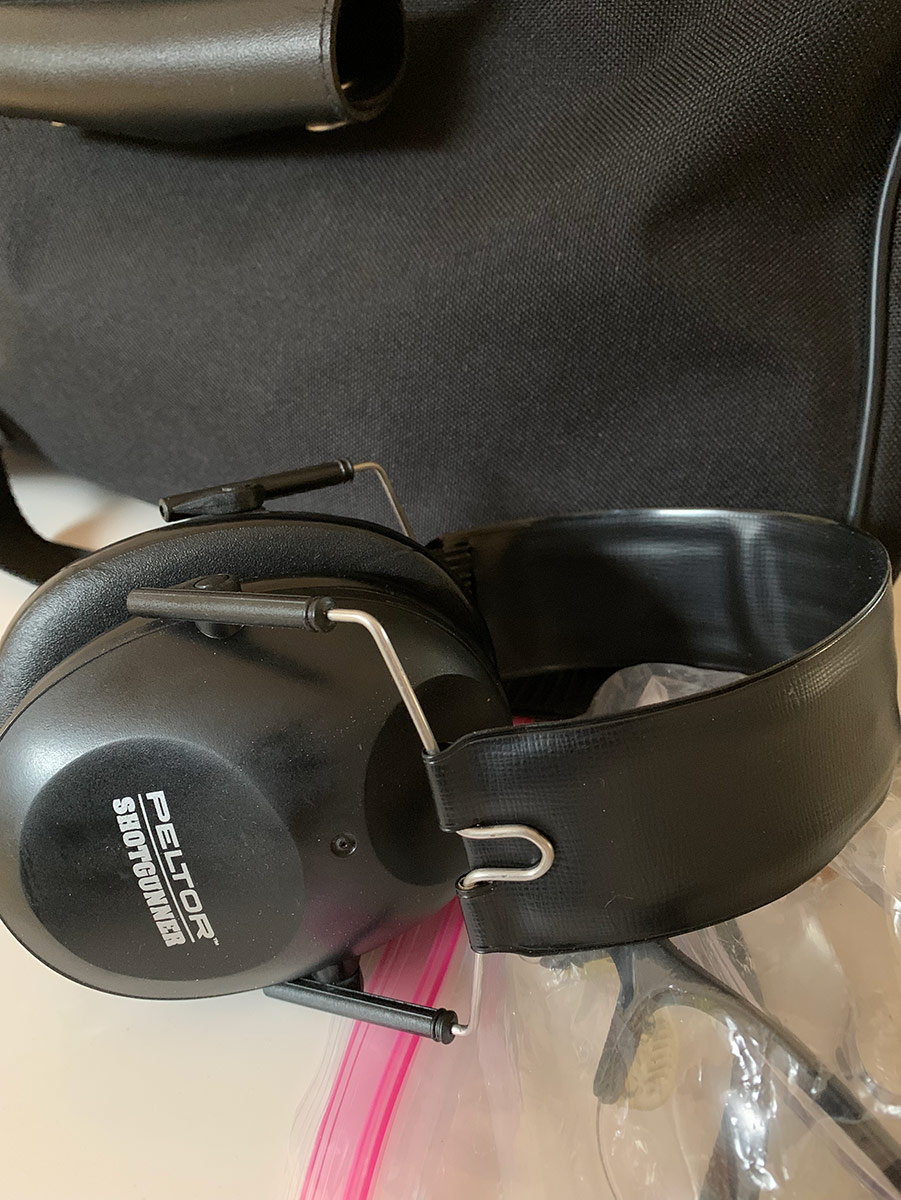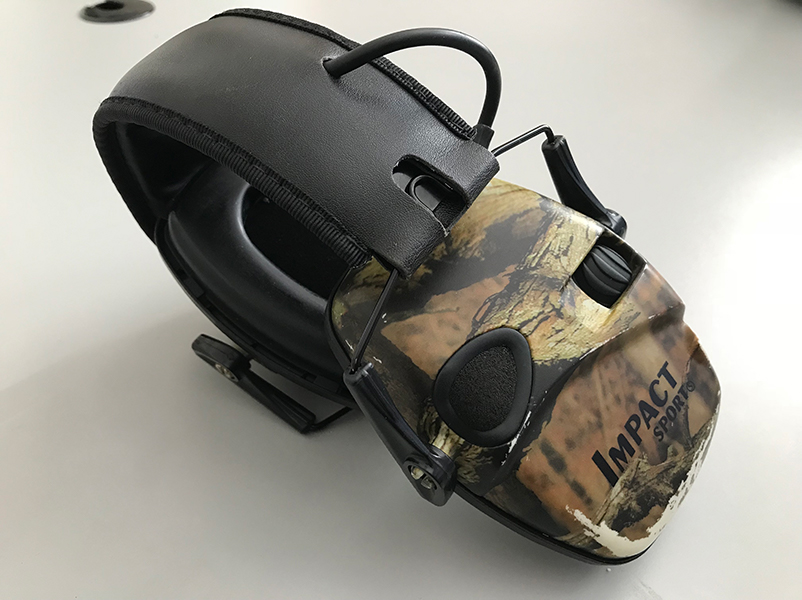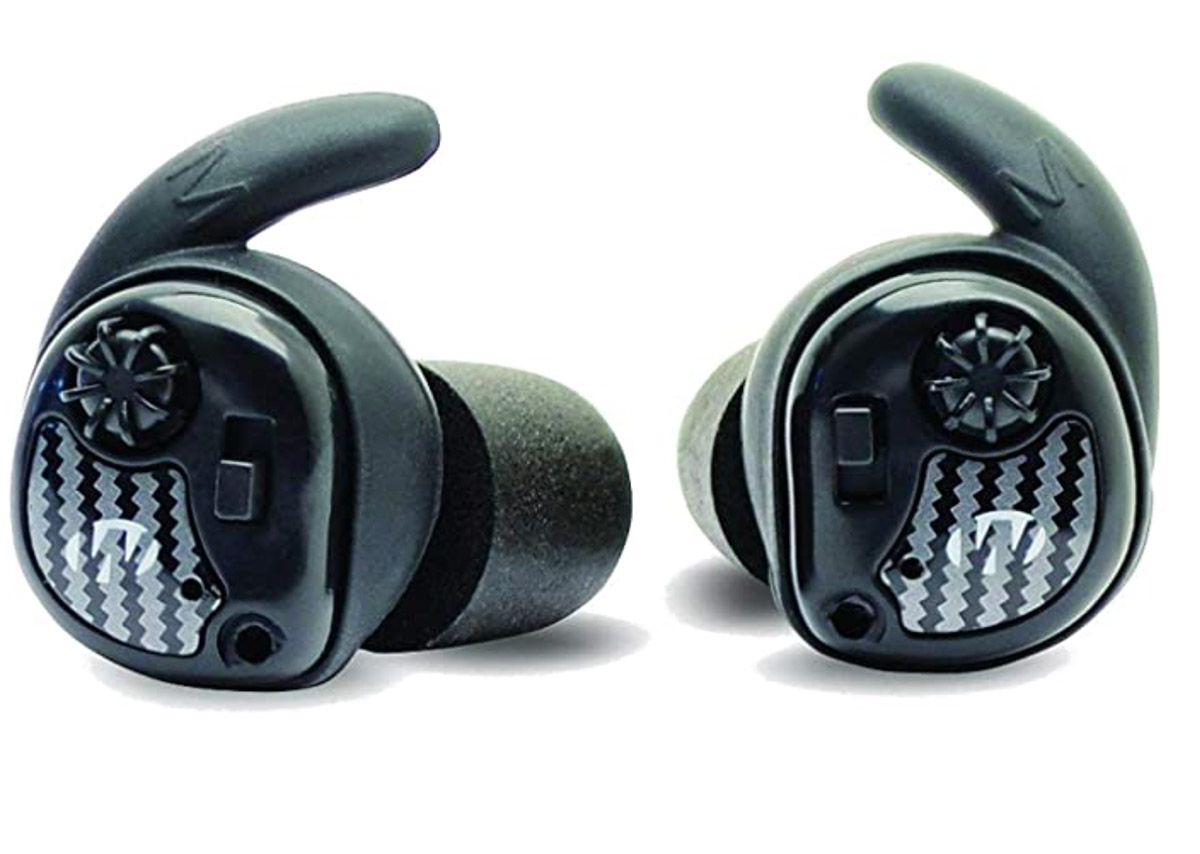I knew after my first day in the duck blind that I would need hunting hearing protection for waterfowling. Years of listing to loud music on headphones have left me with some significant hearing loss and tinnitus. The loud booms from 3-inch and 3.5-inch shotgun shells were leaving my ears ringing for days afterwards, which left me eager to get reliable hunting hearing protection.
It wasn’t until I started looking into it that I found there are a number of good ways you can go, depending on your needs.
Hunting Hearing Protection Baseline – How Loud is Too Loud?
A quick search led me a few interesting statistics. Noise is measured in decibels, abbreviated as dB:
- 60-65 dB – Typical conversation
- 85 dB – Hearing loss can start to occur with longer exposure (things like a hair dryer)
- 110 dB – instantaneous hearing loss can start to occur (impact wrench, motorcycle)
- 140 dB – Threshold of pain
- 150-155 dB – Shotgun blast
Given that a shotgun blast is well above the instantaneous hearing loss threshold it’s obvious we need to quiet things down some. Ideally, we’re trying to get that blast down as low as possible while still being able to hear enough to communicate with our buddies and hear those pesky ducks sneaking up on us.
I tried all these options, except for electronic earbuds.
Simple Foam Earplugs – 32dB – 33dB reduction
This is where I started when I went looking for hunting hearing protection during waterfowl hunts. Foam earplugs are inexpensive and you can buy a lot of them at a time. You can find them at nearly any drugstore or pharmacy section of the grocery store. They come in a variety of sizes, shapes, squishiness.
I tried them for a couple of hunts but I did not like that they hindered communication among the hunters. We could not hear one another talking or whispering in the blind. I also could not hear the whistling of wings or sometimes quacks or other clues that a bird may have slipped into the water nearby without us seeing it.
Pros: Inexpensive. Can be found nearly anywhere first aid items are sold.
Cons: May not fully seal in the ear. They tend to degrade when worn for longer term. They filter out all the noise, including talking and other auditory clues. You may not be able to hear game.
Bottom line: I keep a few in a baggie in my blind bag as back-up hearing protection but would prefer to not use them.
Buying options: Mack’s Ultrasoft (33dB NRR), Howard Leight High Visibility (32dB NRR)
Simple Earmuffs – 24dB – 34dB reduction
Once I realized that the foam earplugs weren’t for me I tried a couple of different styles of plain noise reduction earmuffs. I prefered the muffs over sticking foam down into my ears. I wear headphones most of the day when I work, so I don’t find them uncomfortable. These were not very expensive and were not as effective as the foam plugs. Besides, they still had the downfall of hindering communication among hunters and filtering out crucial hunting noises. I threw the pair I bought into my range bag and use them combined with foam plugs when I shoot 5-stand or trap.
Pros: Inexpensive. Can keep your ears warm when it’s cold out.
Cons: May not fully seal over the ear. Filter out talking among hunters and game noises. Can be bulky if worn under hoods or facemasks.
Bottom line: I don’t take the plain earmuffs hunting but did throw it in my range bag and use it in combination with foam plugs for range shooting.
Buying options: Walker’s Razor Slim Passive Earmuffs (27dB NRR), Pro For Sho Maximum Hearing Protection (34dB NRR)
Electronic Earmuffs – 22dB – 23dB reduction
Electronic earmuffs work by using external microphones built into the casing to amplify noises to a comfortable level based on how high you turn up the volume. But once a loud noise happens, such as a loud hand clap or muzzle report, they cut out the amplification and act as a passive earmuff would, filtering the noise.
These were really a game changer for me. I picked up a pair of electronic earmuffs prior to my second season hunting. They were the cheapest I could find but they were effective most of the time. Rapid firing, such as a multi-gun volley at a flock of ducks could fool them. They would not cut out on the second or third shot, which was a bummer and a reason why I don’t use these at a shooting range.
I discarded the cheap pair and got a set of the Howard Leight electronic muffs, which have worked great for me for 5 or more seasons now. All they need is a change of batteries every couple of hunts. Oh, and don’t store them with batteries in them or you may ruin them when the batteries leak.
Pros: Easily converse with your group. Amplifies other game noises such as wing noises and splashing. Can keep your ears warm when it’s cold out. Mine have survived multiple thorough drenchings in the rain.
Cons: Will filter out loud noises but can be fooled by quick successive shots so don’t use them at the range. May not fully seal over the ear. Can be bulky if worn under hoods or facemasks.
Bottom line: These are what I currently hunt in as they provide some hearing protection while preserving the noises around you that can be crucial to a successful hunt.
Buying options: Walker’s Razor Quad Electronic Muffs (23dB NRR), Howard Leight Impact Sport Electronic Earmuff (22dB NRR)
Electronic Earbuds – 25dB reduction
Electronic earbuds work the same way as electronic earmuffs, by amplifying noises until a loud noise triggers a cut-off from the amplification. Then these act as a passive earplug. I have not used these although once my electronic earmuffs give up or get lost I would like to pick up a pair. I like that they have a long, 80-hour battery life, which will last me much of the season. They also are not as bulky as the muffs. I’m happy when I can reduce the amount of stuff in my blind bag. There are other, wildly more expensive versions these out there, but I’ve linked to the ones below that I would buy for myself.
Pros: Converse with your group. Amplifies game noises. Small with long battery life.
Cons: Small and may fall out of ear and into the water when you are hunting. Will they hold up to getting soaked in the rain?
Bottom line: These are what I will try next once my electronic muffs give it up.
Buying options: Walker’s Silencer Digital Earbuds (25dB NRR)
The Balance of Performance vs Practicality for Hunting Hearing Protection
If you’ve read through all of this you’ll notice that I don’t use what gives me the most protection from hearing loss. If I strictly wanted performance I would wear what I use at the shooting range: foam earplugs with muffs over the top of them. This gets the dBs down below 100, which I can live with.
But in the duck blind, you need to be able to communicate with your buddies and hear what’s going on outside the blind or you are simply going to miss opportunities. So you have to give up some performance to get there.
If you like this post, check out what I pack in my blind bag as well as my gift ideas for duck hunters. They may give you some other ideas of gear you can’t live without!
